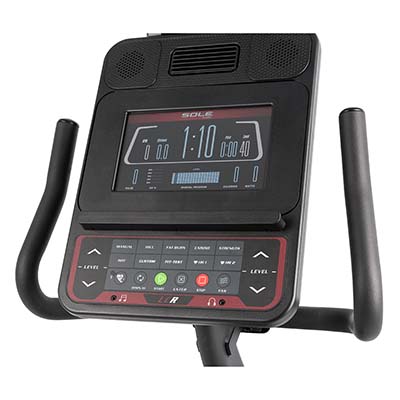The positive effects of Aqautic Water Exercises
Warm Water Benefits
A safe and efficient treatment for osteoarthritis, and they should be incorporated into the suggested exercise regimen. Water exercises enable patients to move with greater ease and less pain, and they can improve physical performance. Water seems to relieve fear, namely the fear of falling. In water, falling is impossible. Those with a sedentary lifestyle may benefit from the incentive given by water exercises, which are crucial for relieving discomfort and losing weight. The best form of physical activity is aquatic exercise.
When hot water is offered to people with OA, it can alleviate pain, lessen musculoskeletal stiffness, and relax muscles.
According to research, those who participate in aquatic exercise are twelve times more likely to report global improvements in pain and physical function, especially for those with osteoarthritis.16,19,22
The results demonstrate that immersion in warm to hot water reduces joint overload, and pain symptoms, and improves functional capacity and quality of life.10
In thermoneutral water, the combination of hydrostatic forces from water immersion and exercise can reduce lower-limb edema and trigger changes in the autonomic and circulatory systems (34.5C). Warm or hot water can increase blood flow to muscles and tissues, promoting healing and decreasing pain perception. Reduce the stress placed on joints and tissues by water buoyancy.21
Exercises including strength, endurance, balance, motor coordination, agility, flexibility, spatial perception, time, velocity, or reaction, muscle conditioning, and equilibrium in a swimming pool, swimmers may utilize freestyle, breaststroke, or both. Each has advantageous effects.10,12,19
Aquatic workouts, such as shallow-water walking, swimming, and deep-water walking, are significant for OA patients’ general fitness and weight loss due to their ability to improve strength and movement speed. The favourable effects of water-based exercise programs have been demonstrated.21
Multiple outcomes connected to the physical and physiological benefits of immersion in warm water associated with these exercises benefit persons of all ages with OA by decreasing pain intensity, boosting flexibility, enhancing functional capacity, and enhancing the quality of life.10

View Karen’s Research Papers
Swimming Exercise Techniques
Slideshow (.pdf)
- Warm Up Exercises
- Performance Tests
- Alternative Methods
Best Movement Techniques when swimming Breaststroke
- Keep head in line with the spine
- Focus the eyes at the bottom of the pool during the glide
- When rising to breathe – use the shoulders and hips, not the head – keep the head lined with the neck, which is lined with the spine
- Hands and head need to hit full streamline at the same time
Olympic swimmer Adam Peaty, a tall 6’3 British swimmer who has won breaststroke gold medals. According to Fédération Internationale de Natation (FINA) Peaty is widely regarded as the dominant breaststroke swimmer of his era, and the most dominant sprint breaststroke swimmer of all time.



